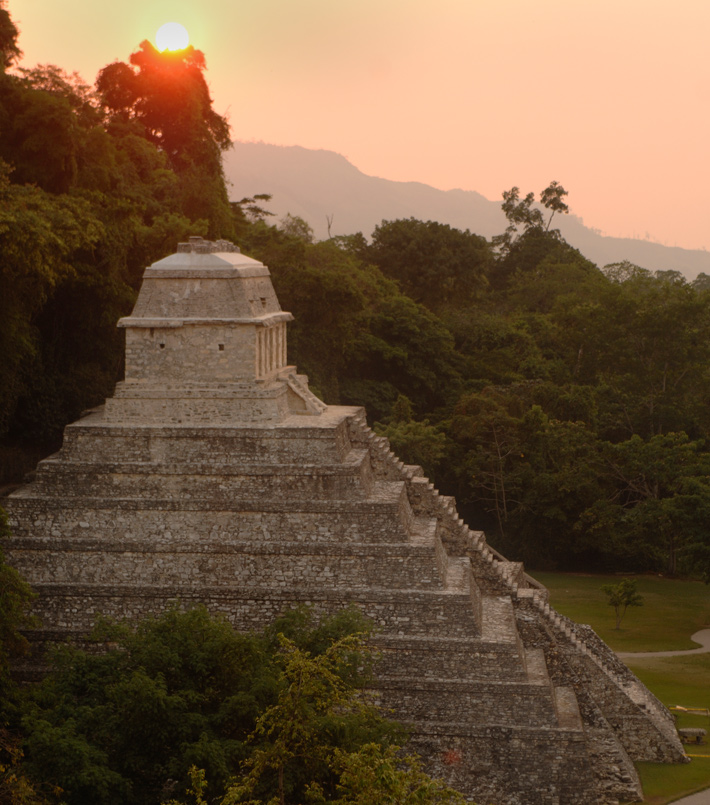Like builders everywhere, the ancient Zapotec made the most of valuable real estate by building up, rather than out. At Atzompa, near the southern city of Oaxaca, Mexican archaeologists discovered three burial chambers stacked one on top of the other. Dating from a.d. 650 to 850, the unusual vertical design allowed builders to take advantage of the tombs’ breezy hilltop location, with the lowest tomb built into the ground and two later chambers erected above it. The upper tombs were stripped of human remains, probably in antiquity, but whoever had ventured into the complex seems to have missed the basement tomb—it was sealed off with boulders and mud bricks, says archaeologist Eduardo García of Mexico’s National Institute of Anthropology and History. In the lowest tomb, archaeologists found a skeleton, apparently that of a male, and funerary offerings including a ceramic head painted in a vivid red pigment. Ceramic offerings showed little variation across levels, suggesting to García they may have held three successive generations of rulers. But the tomb’s most dazzling feature is a mural with designs representing a jaguar paw print and an I-shaped ball court—another sign that Atzompa, with at least three ball courts, was an important center for the sport, in which men bounced hard rubber balls off their hips. The mural “is exceptionally well preserved,” says García.
High Rise of the Dead

Recommended Articles
Off the Grid November/December 2025
Bighorn Medicine Wheel, Wyoming
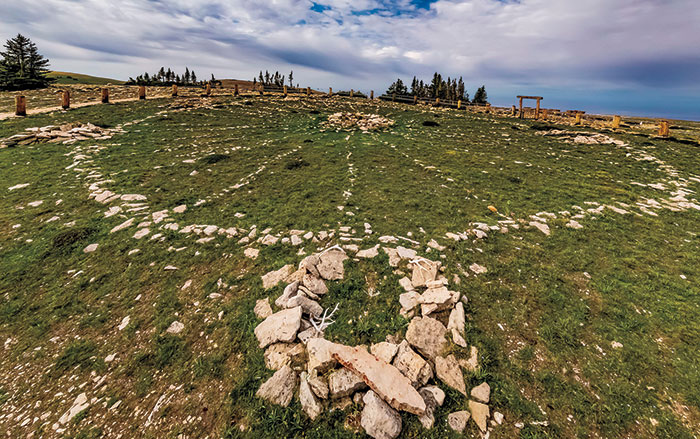
Letter from Mongolia November/December 2025
Building the Black City
Why the nomads of the Uighur Empire constructed a medieval urban center like no other
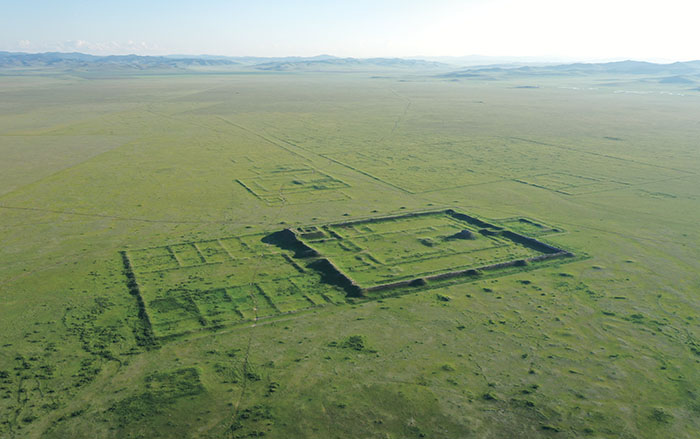
Digs & Discoveries November/December 2025
In His Majesty's Secret Service
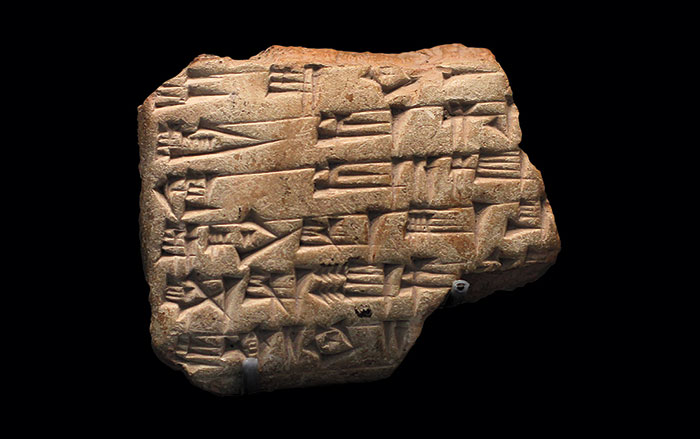
Digs & Discoveries November/December 2025
Washington Risks It All

-
Features November/December 2012
Zeugma After the Flood
New excavations continue to tell the story of an ancient city at the crossroads between east and west
 (Hasan Yelken/Images & Stories)
(Hasan Yelken/Images & Stories) -
Letter from India November/December 2012
Living Heritage at Risk
Searching for a new approach to development, tourism, and local needs at the grand medieval city of Hampi
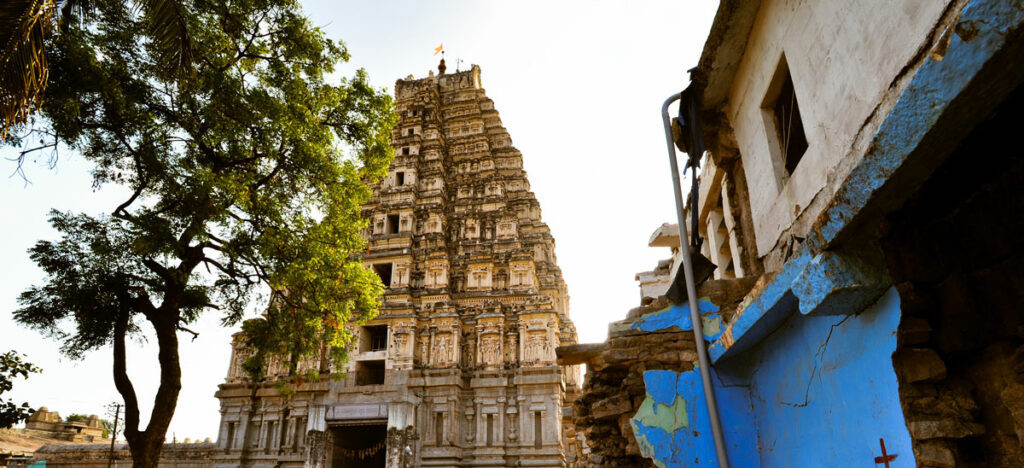 (Gethin Chamberlain)
(Gethin Chamberlain) -
Artifacts November/December 2012
Beaker Vessels
Ceramic beakers were the vessels of choice for the so-called “Black Drink” used at Cahokia by Native Americans in their purification rituals
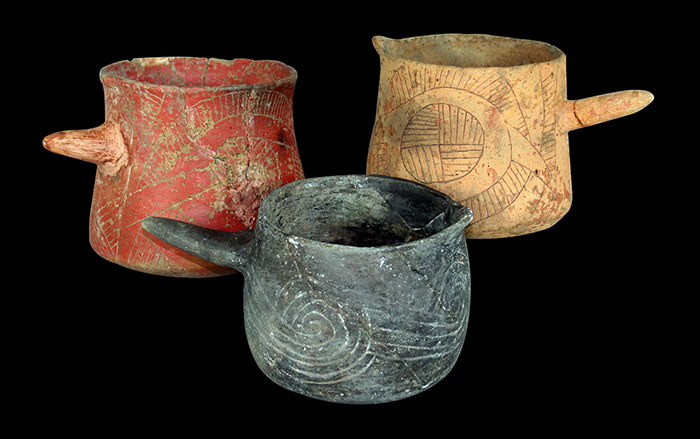 (Linda Alexander, photographer, use with permission of the Illinois State Archaeological Society)
(Linda Alexander, photographer, use with permission of the Illinois State Archaeological Society) -
Digs & Discoveries November/December 2012
The Desert and the Dead
 (Courtesy Bernardo Arriaza)
(Courtesy Bernardo Arriaza)


